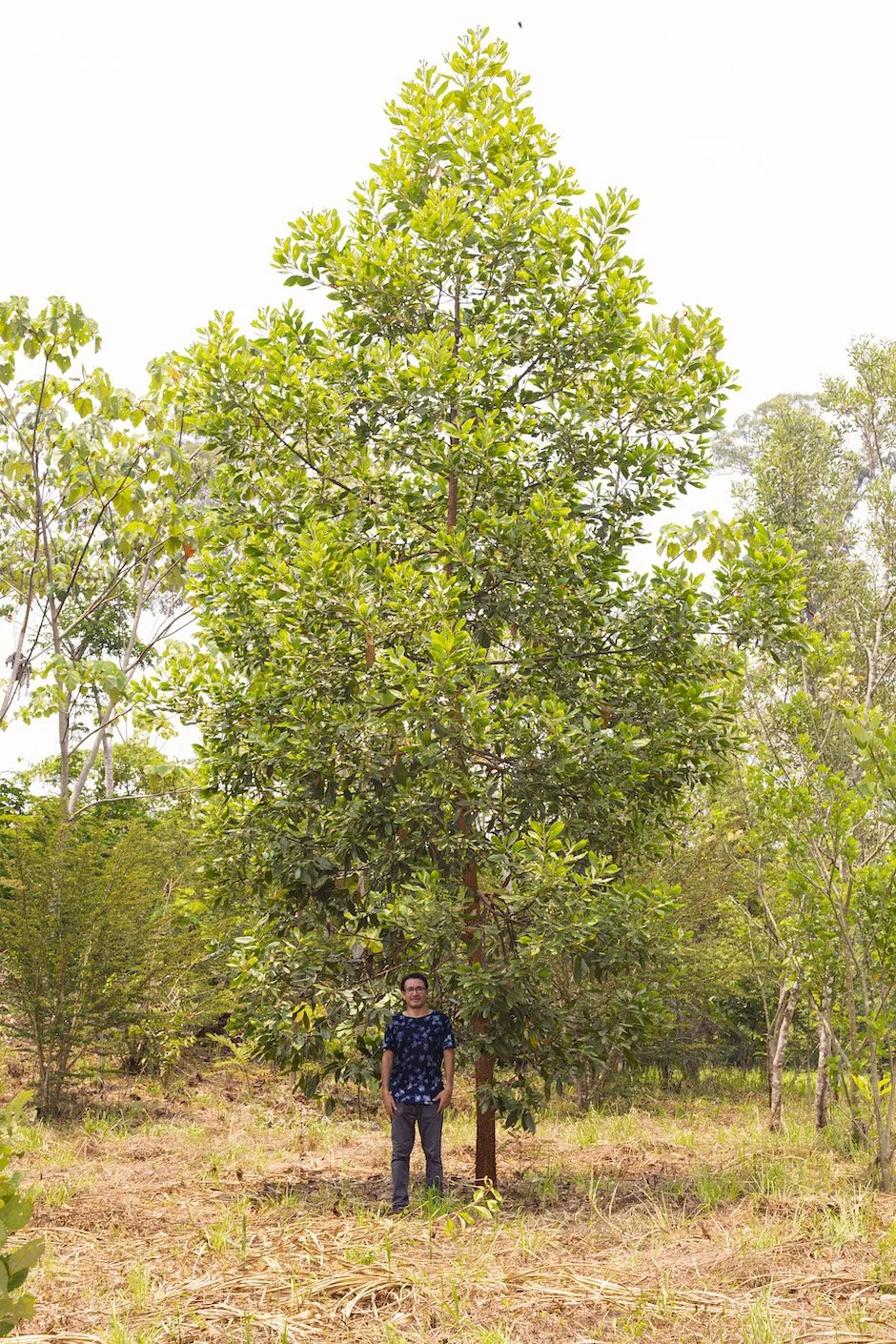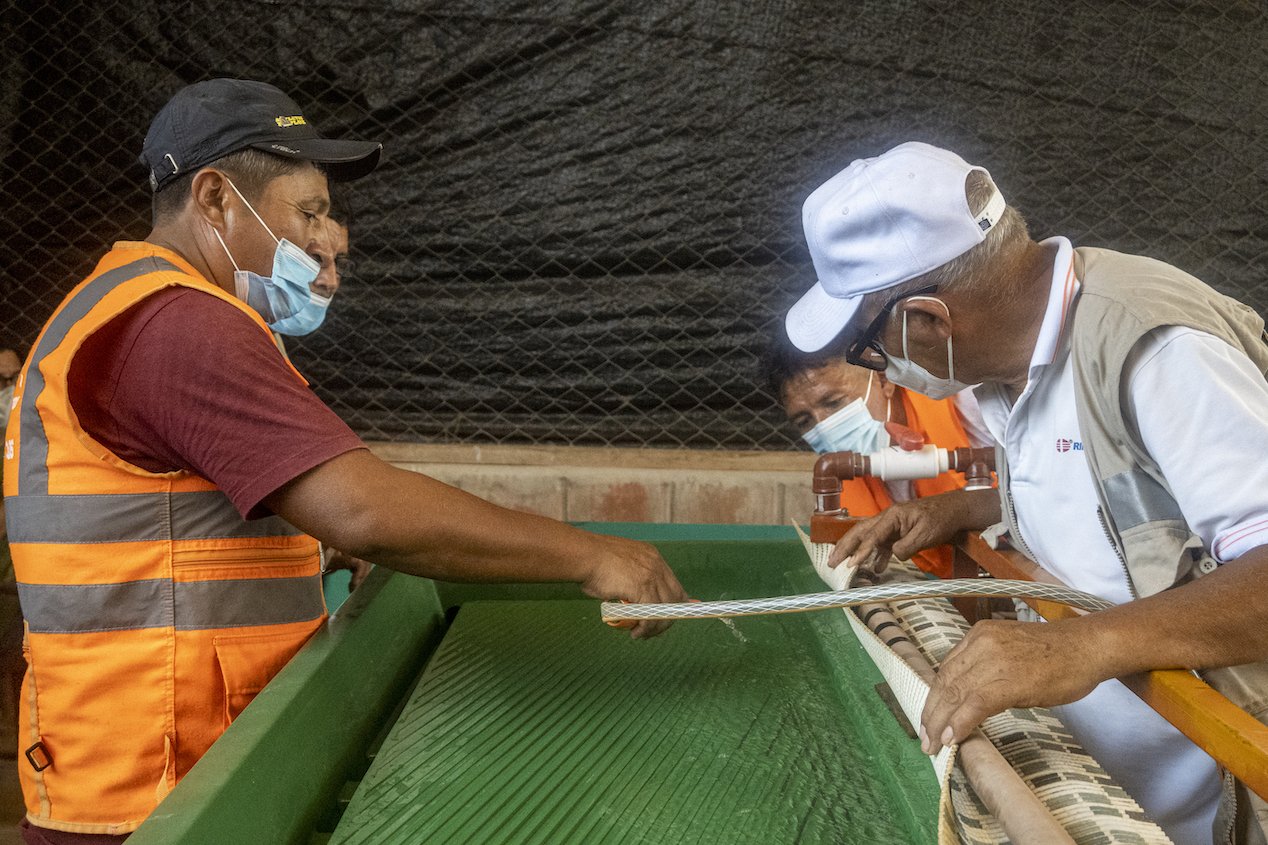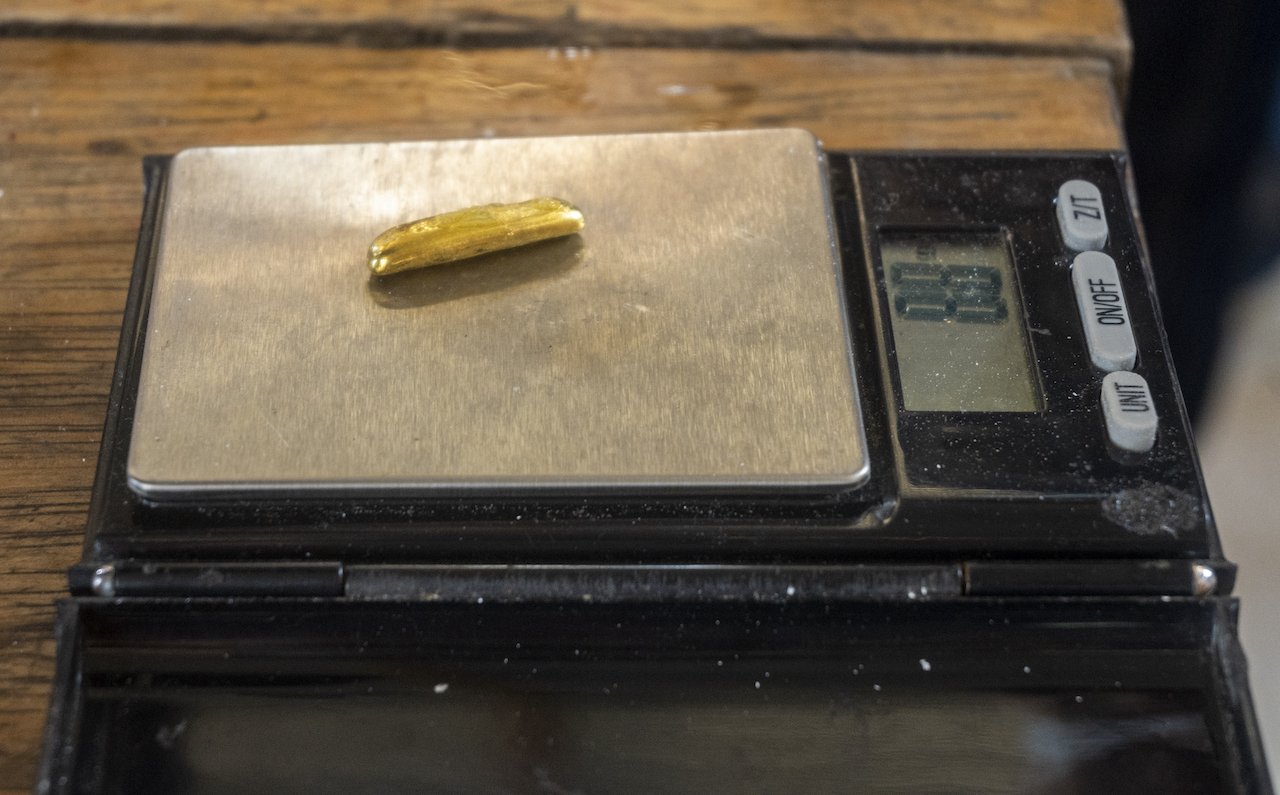France Cabanillas, Peru
"I believe it is very important to try
to incentivize the commercialization
of ‘clean’ gold (without mercury)"
France Cabanillas
Reforestation and Restoration Coordinator, CINCIA /
Local Coordinator, Pure Earth
Madre de Dios, Peru
France Cabanillas, Reforestation and Restoration Coordinator at the Center for Amazonian Scientific Innovation (CINCIA) and Local Coordinator at Pure Earth, shares his experience restoring degraded ecosystems and using mercury-free technologies in artisanal and small-scale mining in the Peruvian Amazon.




Can you tell us about your work around artisanal and small-scale mining?
I have been working on issues related to artisanal and small-scale mining in the Amazon (Amazonian ASM, as I usually call it) since 2011, in Madre de Dios, Peru. My responsibilities include research on restoration of degraded areas, as well as evaluating and proposing alternative technologies to the use of mercury, mining environmental management, among others. This has a strong field component and direct relationship with the miners, I seek to know their day to day to understand a sector as complex as mining.
Living in Madre de Dios, I’ve learned that it is important to work with the miners to learn more about their reality, to determine suitable spaces, to explain the importance of reforestation, and to encourage the use of more responsible technologies and alternatives to mercury.
The approach we work with at CINCIA is aimed at collecting scientific information directly from the field. This is how we have managed to have greater credibility, in addition to working with a broad portfolio of partners and involving miners, farmers, and native communities related to mining activity.
We have also produced scientific information on how to conduct reforestation including how to select species, design plantations, and develop protocols for maintaining and monitoring restoration areas degraded by mining. The Peruvian Service for Natural Protected Areas (SERNANP), used this information in the Tambopata Reserve to reforest more than 600 hectares of degraded areas and formal miners also use this information as part of their mine closure (Tauro Fatima Artisanal Mining Association - AMATAF, Paolita II mining concession).
How did you first get involved in this work?
In 2011, together with the Ministry of the Environment office of the department of Madre de Dios, I worked coordinating a project led by German Development Cooperation – GIZ on the recovery of areas degraded by mining, and mercury-free technologies. Since then I have been working with miners in this department.
What aspects are crucial to consider in innovation and developments related to ASM?
I believe it is very important to try to incentivize the commercialization of "clean" gold (without mercury). Sadly, the reality is that there is not enough demand for it.
Let's not forget that mercury for ASM in Peru, unlike other countries like Colombia, is currently allowed, which is why it is important to generate incentives to stop its use.
To make a transition to mercury-free technologies, it is key to know the characteristics of the mineral in the area, the conditions of the mining operation, and even organizational and labor issues, in order to determine the best technological option to replace mercury; and on the other hand, generate incentives through markets interested in “clean” gold.
It is also important to develop technical improvements that are accessible to the miners which allow them to be more efficient in the extraction process. More efficient processes generate less destruction and higher revenues that can be used to improve environmental management.
For example, currently along with the NGO Pure Earth, we have managed to generate a model of artisanal and small-scale mining for the Amazon that is more suitable for the ecosystem, focusing on an adequate mine closure and the cessation of the use of mercury, encouraging the miners by connecting them to responsible markets, with the valuable support of local institutions such as CITE Mineria y Medioambiente and the jewelry company Casa Collab.
Additionally, Pure Earth has won a grant to strengthen the AMATAF, to become the first mining association in the Amazon to obtain the Fairmined certification, together with the Alliance for Responsible Mining (ARM) and achieve a mercury-free gold production, with the jeweler Brilliant Earth as the main buyer.
What excites you the most about the Artisanal Mining Grand Challenge: the Amazon?
What excites me most about the Artisanal Mining Grand Challenge: the Amazon is that it considers the Amazon as an important axis to innovate and develop new technologies that help preserve and mitigate the impacts on the Amazon ecosystem.


